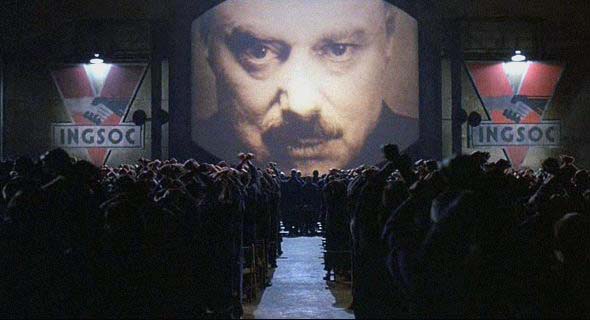Here’s my schedule for signing books at San Diego Comicon 2013. I look forward to seeing you there! Feel free to bring copies of my old books and cash to use to buy original artwork and my latest books.
July 18-21, 2013
San Diego Comicon
Thursday, July 18, 3:00-5:00 pm at the NBM Booth (1714)
Friday, July 19, 3:00-5:00 pm at the NBM Booth (1714)
Saturday, July 20, 10:30 am – at the Universal Uclick Booth




